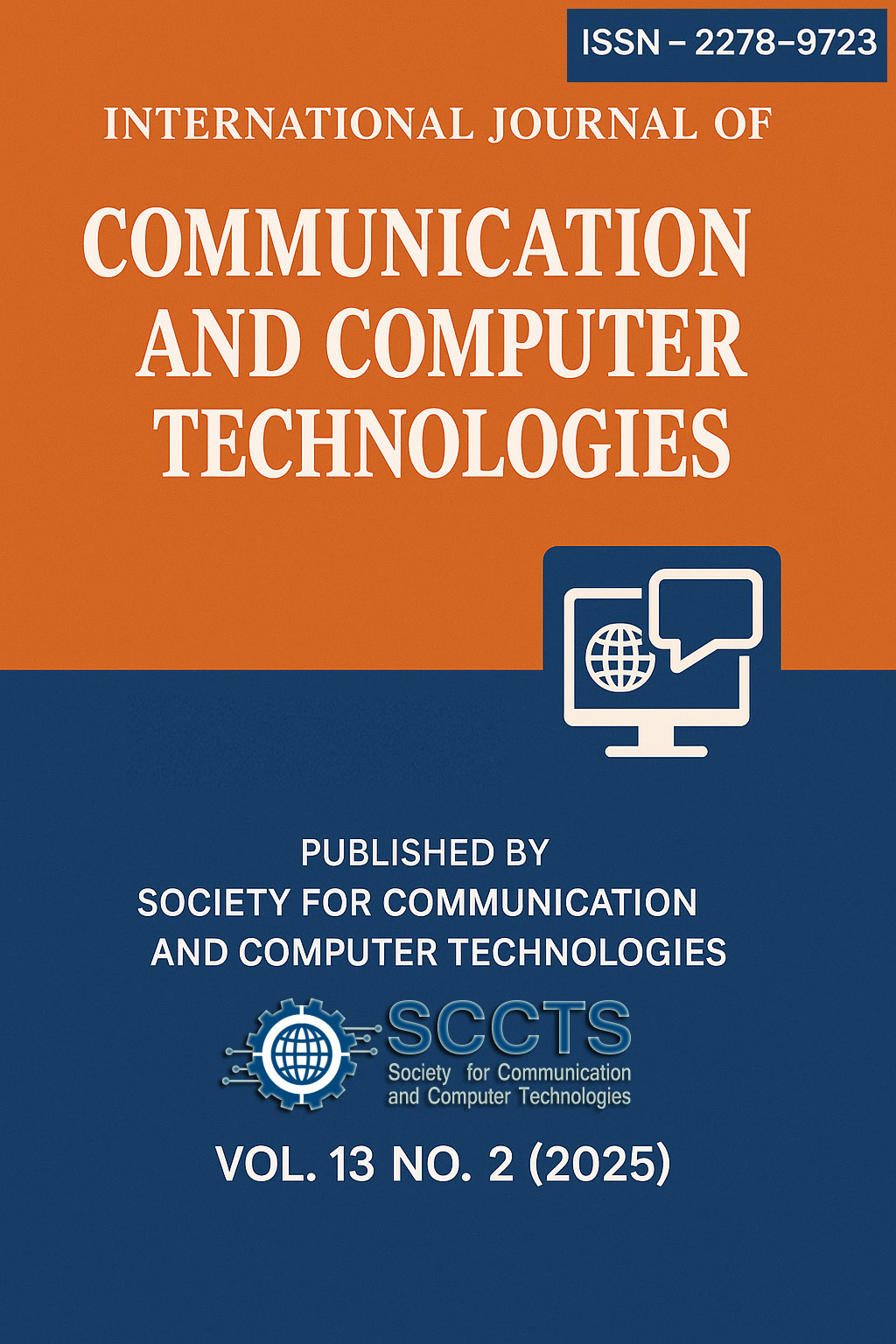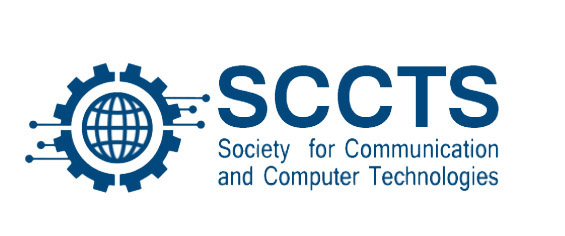A Systematic Study of Various Radio Propagation Models for a Hybrid Mac Protocol in Sensor Networks
Keywords:
Autonomous Sensors, Wireless Sensor Networks, Data Aggregation Technique, Emergency, TransmissionAbstract
Wireless sensor networks are expected to find wide applicability and increasing deployment in the near future. It consists of spatially distributed autonomous sensors to monitor physical or environmental conditions and to cooperatively pass their data through the network to a main location. The more modern networks are bi-directional, also enabling control of sensor activity. The development of wireless sensor networks was motivated by military applications such as battlefield surveillance, many industrial and consumer applications, such as industrial process monitoring and control, machine health monitoring, and so on. The operation of WSN is normal under ordinary condition. But in case of an emergency situation, like fire break out one of the nodes deployed in the area may get ruined. Under such circumstances the data collected around the vicinity of the node may be lost. Such kind of situations results in severe packet drop and thus decreases the communication throughput in medium access control (MAC) protocols. Hence data aggregation and mobility has been put forward as an essential paradigm. In this paper, we propose an alternative mechanism for node failure and a recovery scheme for the vast packet drop problem. Here reference point group mobility model has been used for replacing the damaged node and the aftermath performances are analyzed for various radio propagation models. The simulation is carried out by means of NS2 (Network Simulator).
Downloads
Published
How to Cite
Issue
Section
License
Copyright (c) 2023 International Journal of communication and computer Technologies

This work is licensed under a Creative Commons Attribution-NonCommercial-ShareAlike 4.0 International License.




 The articles in Worldwide Medicine are open access articles licensed under the terms of the
The articles in Worldwide Medicine are open access articles licensed under the terms of the 